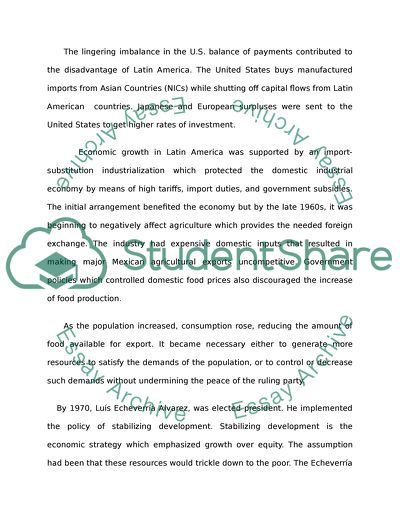Cite this document
(“1980s Latin America Debt Crisis Essay Example | Topics and Well Written Essays - 1750 words”, n.d.)
Retrieved from https://studentshare.org/history/1527750-1980s-latin-america-debt-crisis
Retrieved from https://studentshare.org/history/1527750-1980s-latin-america-debt-crisis
(1980s Latin America Debt Crisis Essay Example | Topics and Well Written Essays - 1750 Words)
https://studentshare.org/history/1527750-1980s-latin-america-debt-crisis.
https://studentshare.org/history/1527750-1980s-latin-america-debt-crisis.
“1980s Latin America Debt Crisis Essay Example | Topics and Well Written Essays - 1750 Words”, n.d. https://studentshare.org/history/1527750-1980s-latin-america-debt-crisis.


